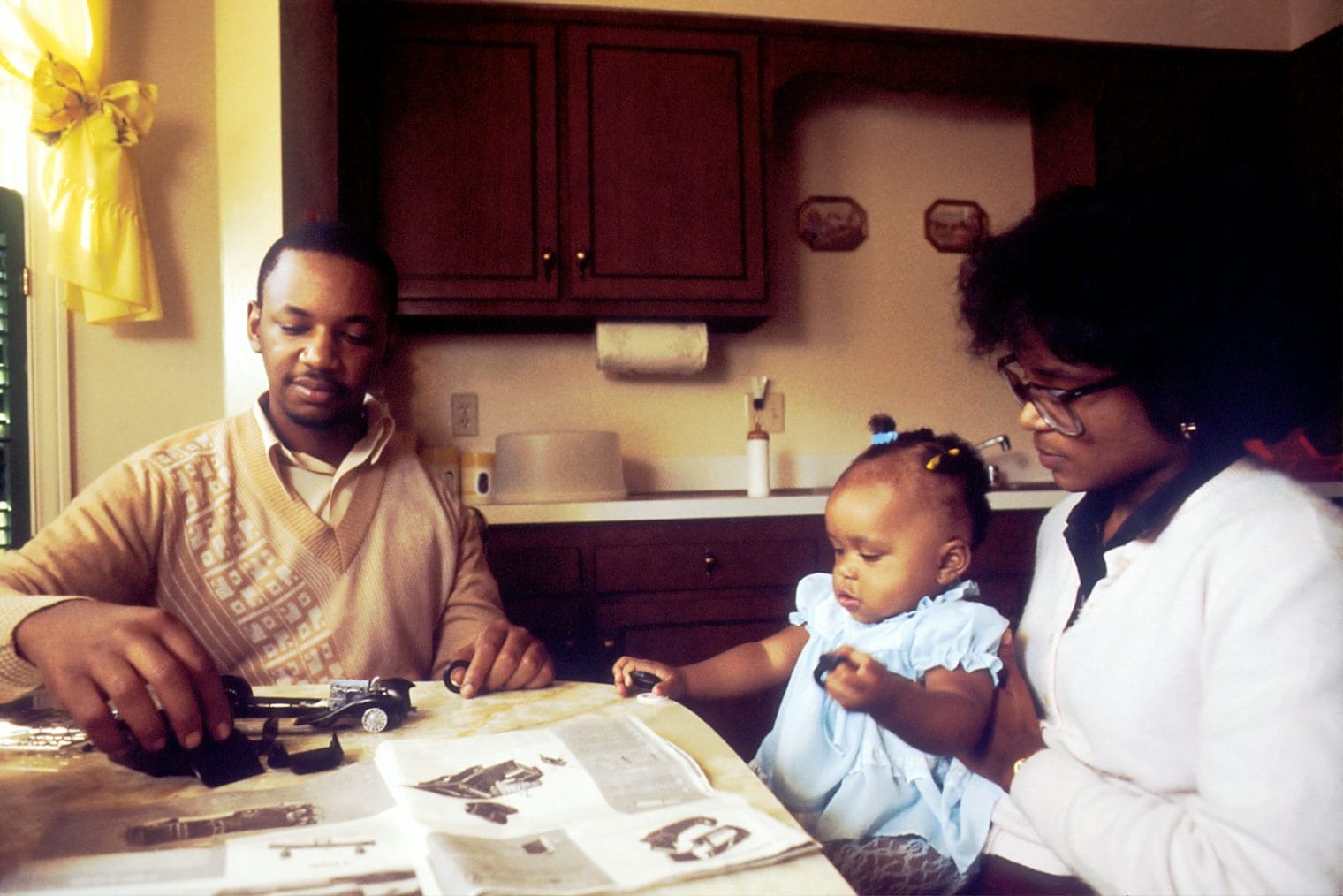ABA therapy is an evidence-based treatment for individuals with autism and other developmental disabilities. ABA is a scientific approach to understanding and improving human behavior by identifying the relationship between behavior and the environment through systematic observation and data collection.Using data, the most effective therapy approach is customized.
ABA has been found to be the most successful treatment for multiple behavioral issues, including autism spectrum disorder. ABA uses changes to the environment, such as increasing positive reinforcement, to bring about meaningful and lasting behavioral changes.
By changing the environment in which behaviors occur, desirable behaviors can be increased while decreasing undesirable ones. ABA typically involves breaking down complex behaviors into smaller, more manageable components and then teaching each piece through positive reinforcement and shaping.
ABA encompasses various intervention components, such as Social Stories, social skills training, visual schedules and supports, Verbal Behavior, discrete trial instruction, and working opportunities to practice new skills in play and enjoyable activities (natural environment teaching or NET). Verbal behavior, or VB, is the segment of ABA associated with language acquisition from a behavioral point of view.
Provided by: Board Certified Behavior Analysts, Registered Behavior Technicians
Collaborates with: speech therapy, occupational therapy, school, and medical teams
1a. Incidental teaching
In Applied Behavior Analysis, incidental teaching is a teaching technique that involves capitalizing on naturally occurring teaching opportunities to improve a child’s learning and behavior. This method involves waiting for opportunities to arise in the child’s natural environment where the child shows motivation for something (for example, reaching for the door handle) and using those opportunities to teach new skills or reinforce existing ones (stopping the door so that the child must communicate “open,” for a child with limited language). In this example, once the child says “open,” they can open the door. The child’s “success” in opening the door after saying “open” makes it more likely that the child will say “open” when they want to open the door in future opportunities.
The approach is based on the idea that behavior is likely to be repeated when reinforced, and reinforcing new skills in the natural environment encourages the transfer of skills to new, similar situations. NET generally occurs during enjoyable activities that the child prefers so that they stay consistently motivated during learning opportunities.
1b. Discrete Trial Training or DTT
Discrete Trial Training is one ABA teaching method that is 1:1 and generally occurs while seated at a table. DTT is useful when a learner demonstrates better learning when they have a large number and a high concentration of practice opportunities within a day.
A discrete trial involves four parts:
- An antecedent – the cue the learner is meant to respond to, e.g. “what’s this?” while holding up an object
- A prompt or cue that ensures the learner’s response is the correct one (this gradually fades out over time, known as “errorless learning”)
- A response – correct and incorrect responses are defined
- A consequence – feedback is given; reinforcement for correct responses, no reinforcement (and no punishment) for incorrect responses.
DTT is often used to teach skills that have a single correct answer, such as one’s name, colors, shapes, personal information, money identification, and sight words, among others. To ensure the generalization of skills learned at the table, mastered targets are usually taught in a natural environment within activities, places, and daily routines.
1c. Pivotal Response Training or PRT
Pivotal Response Training is a child-led, play-based approach to therapy rooted in ABA that focuses on establishing “pivotal” behaviors that have a widespread impact on a child’s development.
Pivotal behaviors establish access to new learning environments, information, and reinforcers – “gateways” such as motivation, responding to multiple cues, self-management, and self-initiations. PRT teaches these pivotal behaviors through play and social interaction to improve the individual’s communication, socialization, and adaptive skills.
The approach is designed to be developmentally appropriate, motivating, and enjoyable for the child. PRT leads to positive changes in critical areas by giving children the skills they need to learn optimally in more natural environments and throughout their lifetime.
- EIBI (Early Intensive Behavioral Intervention)
EIBI is a “high dosage” of ABA used to treat young children with autism spectrum disorder (ASD) before the age of 6, when the brain is developing the most rapidly. By using evidence-based behavioral techniques, such as positive reinforcement, shaping, and antecedent-based interventions, EIBI aims to improve children’s communication, socialization, and adaptive skills. Learning opportunities are interspersed throughout daily activities. Intervention is generally focused on replacing challenging behaviors with functional communication, self-help, and behaviors conducive to learning (such as imitation, attention, and following common instructions.)
EIBI can involve up to 20-40 hours of direct therapy each week in a one-to-one setting, usually in the child’s home or a clinic. There has been researched showing that EIBI can improve outcomes in children with autism by strengthening communication, self-advocacy, self-help, self-regulation, and social skills.





Leave a Reply